Feijoada is the mother of all chili and the enemy of all soups... it is a stew for the SOUL.
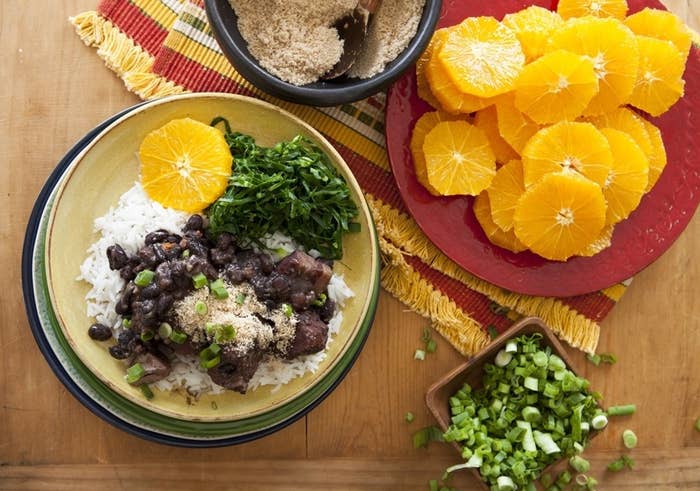
It's traditionally made with black beans, but the dish is versatile. You can opt for pinto or any other kind of beans that satisfy your taste.
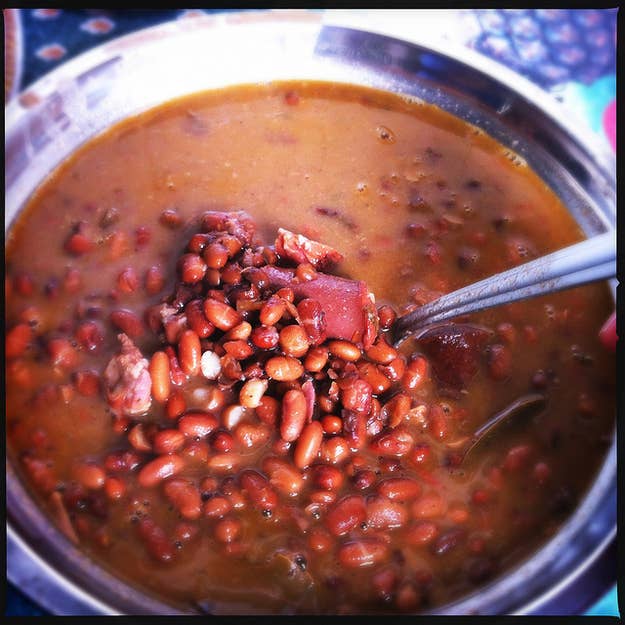
Meat lovers rejoice! This might just be the meatiest dish on earth.

Some more familiar cuts will include sausage, short ribs, and smoked pork.
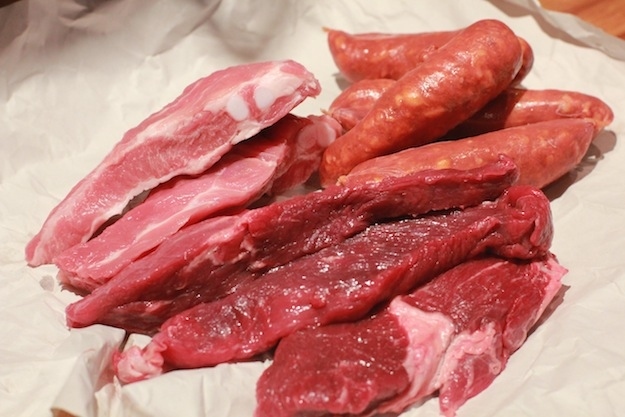
While more "out there" cuts can include everything from ox tail to pigs feet.
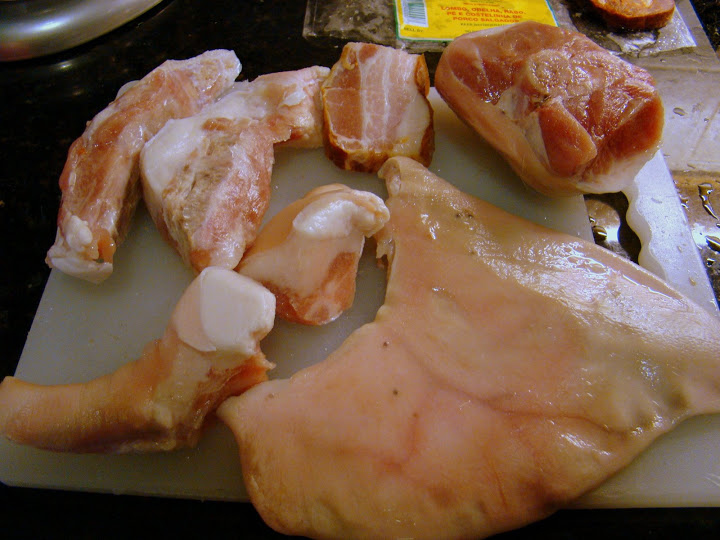
But don't worry, there are some vegetables sprinkled throughout this dish as well.
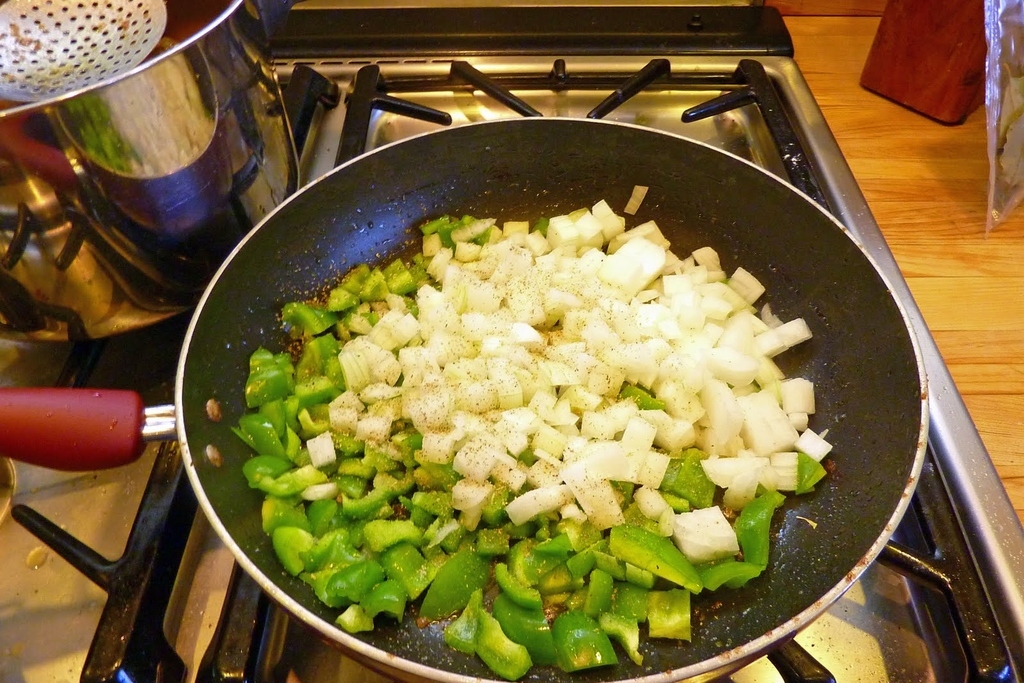
It may look fancy, but it's pretty simple. You can use pre-cooked beans, or get inspired to cook your own.
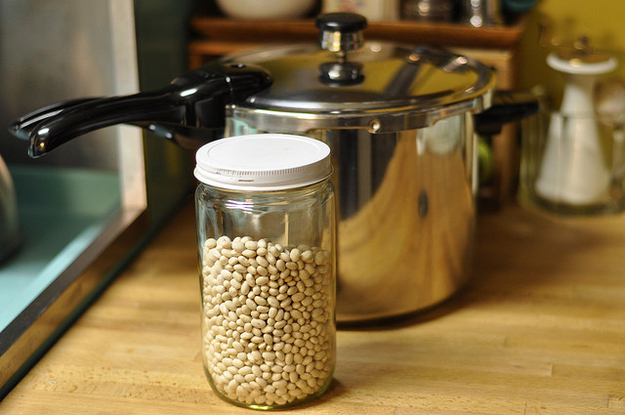
Once you've got everything in a pot, you're looking at a couple of hours of cooking time, BUT you don't really need to do anything either than wait for the mouthwatering results.
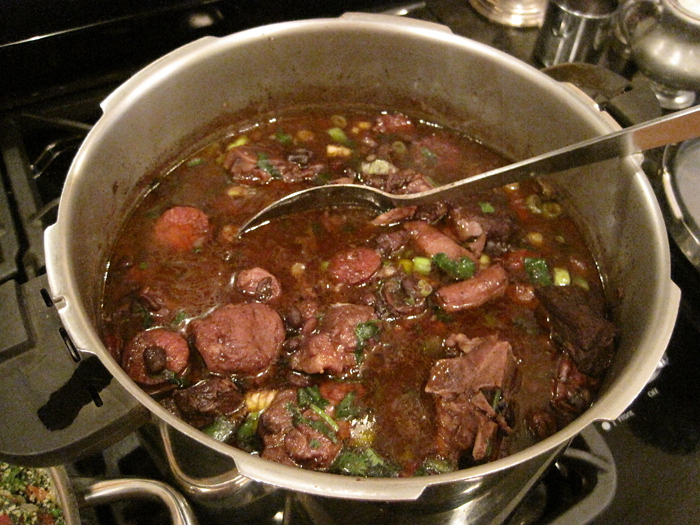
Also, the side dishes are to die for.

Feijoada is typically served with fluffy white rice...

Sautéed collard greens, salted to perfection...

Lightly toasted manioc flour...
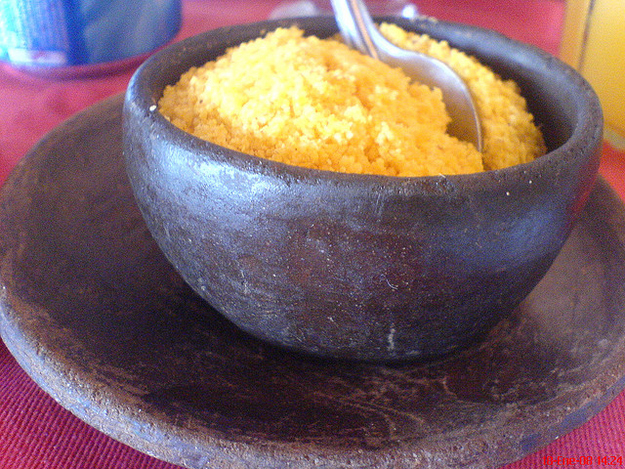
And juicy orange slices.

And it's usually made in bulk so it stores really well. Once you attempt this recipe, you're looking at at least a few days of delicious leftovers.

My Rio de Janeiro: A Cookbook, is the newest cooking masterpiece from Brazilian chef Leticia Moreinos Schwartz, in which she teaches us how to make the traditional black bean stew called feijoada.

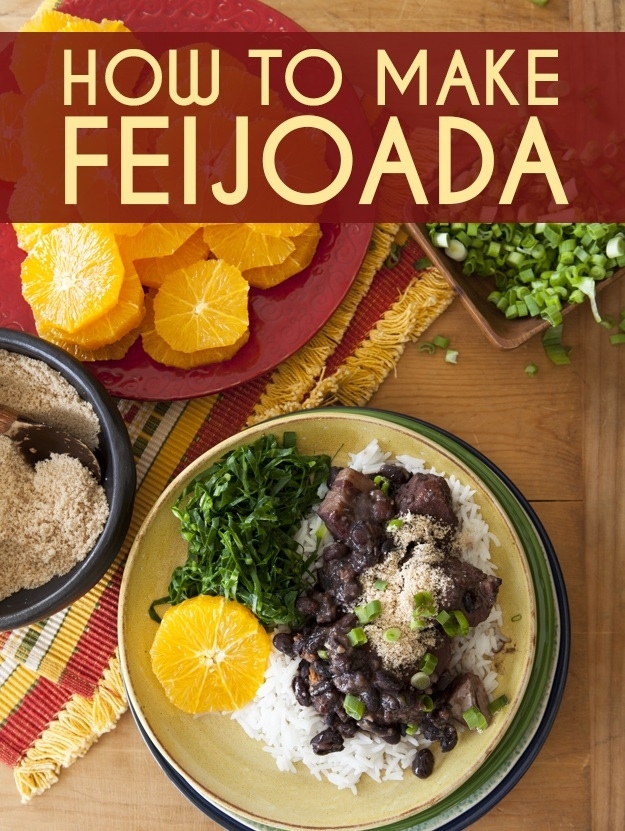
Hungry yet? Give it a try. Here is Leticia's recipe for the savory stew.
Serves 8–10
8 ounces carne seca (dried meat)
1 pound pork shoulder, cut into 2-inch pieces
1 pound fresh pork belly, cut into 2-inch strips
¾ pound smoked ham hock
4 ounces pancetta, cubed
1½ pounds linguiça, chorizo, or other spicy fresh sausage
1 pound dried black beans, picked and rinsed
3 tablespoons olive oil
5 garlic cloves, finely minced
1 large onion, finely diced
2 scallions, white and green parts, chopped
2 fresh bay leaves
Kosher salt and freshly ground
Black pepper
Cayenne pepper
Paprika
Freshly grated nutmeg
¼ cup chopped fresh cilantro
¼ cup chopped fresh parsley
Accompaniments
2 cups basmati or jasmine rice
5 tablespoons extra virgin
Olive oil
1 medium onion, finely diced
Kosher salt and freshly ground
Black pepper
1 bunch of collard greens
3 garlic cloves, finely minced
2 tablespoons unsalted butter
1½ cups toasted manioc flour (farinha de mandioca)
4 scallions, finely chopped, green parts reserved for garnish
5 navel oranges, peeled and cut into segments, for garnish
Preparation
If using carne seca, rinse it under cold running water, place it in a bowl, cover with water, and refrigerate for 12 to 24 hours, changing the water at least 3 times. Drain the carne seca and discard the water.
Place all the meats in a large pot and add water to cover by 1 inch. Place over high heat and bring to a boil, then reduce the heat to low and simmer for 1 to 1½ hours. The meats will be done at different times; check frequently, and, using a slotted spoon, transfer each meat to a bowl as it's done and cover with foil to keep it moist. You are looking for the meat to be tender, but keep in mind that it will be cooking for another hour or so with the black beans.
Place the beans in a large pot or pressure cooker. Add about 6 quarts of water, cover the pot or lock the pressure cooker, and cook until the beans are cooked through but not mushy (1½ hours for a pot, 30 minutes for a pressure cooker). Reserve the beans and water in the pot. In a very large pot, heat the olive oil over medium heat, add the garlic, and cook until it just starts to turn golden, about 1 minute. Add the onion and scallions and cook until softened and translucent, about 5 minutes. Add the bay leaves, season with salt, pepper, cayenne, paprika, and nutmeg, and cook until fragrant, about 3 minutes. Pour the beans and all the liquid into the pot with the vegetables. Add the meats and any juices that have accumulated. Bring to a simmer over low heat and simmer gently, checking frequently, making sure the liquid level is just right, not too soupy, not too dry. Continue cooking until the flavors meld together, 1 to 1½ hours.
While the feijoada is cooking, prepare the rice, collard greens, and toasted manioc flour. Wash the rice in cold water several times going back and forth between a bowl and a colander, until the water becomes fairly clear. Let the rice sit in the colander to air dry for 5 minutes. Heat 2 tablespoons of the olive oil in a medium saucepan over low heat, add the onion, and cook until it just starts to become fragrant, about 2 minutes. Add the rice and stir with a wooden spoon until the grains are covered in fat and shiny. Add 3 cups water and 2 teaspoons salt and partially cover the pan. Bring to a boil over high heat, then reduce the heat to low and cook until the rice is tender, about 15 minutes.
Trim the stems and thick center ribs from the collard greens and discard them. Stack a few leaves and roll them tightly into a cigar shape. Cut into very thin strips crosswise and place the strips in a bowl. Repeat with the remaining leaves. You should have between 2 and 3 packed cups total. Fill a large saucepan with water and bring it to a boil. Add about 1 tablespoon salt, then add the collard greens and blanch for 30 to 60 seconds, until wilted. Drain, transfer to an ice bath to cool, then drain again.
In a medium saucepan, heat 1 tablespoon of the olive oil over medium heat. Add the garlic and cook until it just starts to turn golden, about 2 minutes. Add the collard greens (you might need to do this in batches) and stir to coat them in the oil. Season with salt and pepper, add about ¼ cup water, and cook until the greens are soft but still bright green, about 3 minutes. Melt the butter in a medium saucepan over low heat. Add the manioc flour and toast, stirring constantly, until it is a light golden color, 8 to 10 minutes. Watch carefully, as the flour can burn easily. Remove from the heat and set aside.
In a large nonstick skillet, heat the remaining 2 tablespoons olive oil over medium heat. Add the scallions and cook until softened, about 3 minutes. Stir in the toasted manioc flour. Season with salt and pepper, pour into a serving dish, and garnish with the reserved scallions. Place a mound of rice on a plate, ladle the beans with meats on top. Add the toasted manioc flour and collard greens alongside, and garnish with the fresh cilantro and parsley and navel oranges.
Ingredient Note: Feijoada is a blank canvas for meat choices—I have never eaten a feijoada in Rio with the same meats. And every time I make feijoada it's a new variation depending on where I am and what market I shop at. Any given feijoada can include four to six types of meat, but you can use more or less depending on what is available. Sometimes I mix pork and beef; other times I stick to pork. When I am in Rio I try to include carne seca (dried meat), but in my American kitchen I often skip it because it means a special trip to the Brazilian grocery store.
Cooking Tip: Feijoada might seem like a lot of work, but this recipe is an easy one—you just add a bunch of meats to a pot, cover with water, and cook for 1 to 1½ hours. At the same time, you have a separate pot of beans cooking, preferably in a pressure cooker. You then combine them to simmer for another 1 to 1½ hours while the meats and beans share flavors. Seasoning the meats a day ahead will give an even greater depth of flavor.
Voilà, you should be eating this now... Or you know, something that resembles this. YUM!

